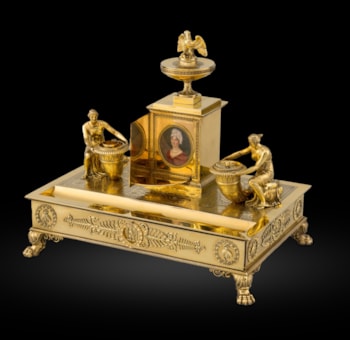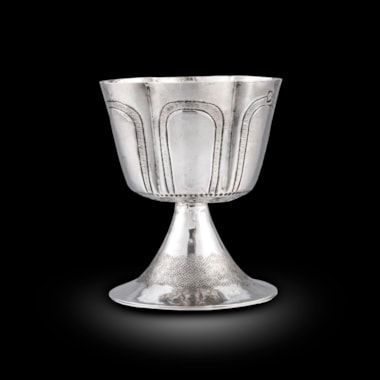Thomas Lumley-Saunderson, 3rd Earl of Scarbrough
Born around 1691, the 3rd Earl was the fourth son of Richard Lumley, 1st Earl of Scarbrough, and brother to Charles, 2nd Earl, James, and John Lumley. He briefly attended Eton College for a year between 1706 and 1707. He married Lady Frances Hamilton, daughter of George Hamilton, 1st Earl of Orkney in 1724 having inherited the estates of his cousin James Saunderson, M.P., 1st Earl of Castleton in 1723, when he adopted the name Saunderson. Before his parliamentary career he had entered the army in 1715 but left in 1718 at the request of Lord Castleton. In 1722, he was elected as M.P. for Arundel and later served as an envoy to Portugal until 1723. After resolving his debts, including substantial liabilities to his elder brother, Lord Scarbrough, in 1724, he returned to England in early 1725 and was one of the commoners chosen to revive the Order of the Bath.
He was elected without opposition as M.P. for Lincolnshire in 1727 and applied for a peerage as Lord Castleton's heir, but his request was unsuccessful due to King George II's reluctance to grant peerages. He joined the opposition and consistently voted against the government, frequently speaking on matters related to the army and foreign affairs. He was re-elected unopposed for Lincolnshire in 1734 and continued to align with the opposition. In 1737, he was among the Members of the House of Commons who were consulted by the Prince of Wales regarding an application to Parliament for an increase in his allowance. He expressed support and spoke in favour of the increase, which earned him the position of treasurer to the Prince in 1738.
In 1740, he succeeded to the earldom of Scarbrough after the suicide of his elder brother, leaving him an inheritance of £20,000, but the family estates went to his younger brother to his great disappointment. After the fall of Walpole's government, Scarbrough, along with the other servants of the Prince, supported the new government. He lost his post upon Frederick's death. The Earl died in 1752 and was succeeded by his son Richard Lumley-Saunderson, 4th Earl of Scarbrough (b.c.1725-1782). After his death, the family faced financial difficulties and had to sell the contents of Lumley Castle, including the plate, at an auction held by James Christie in 1785. The present lot is likely to have been sold as lots 34 or 35 in the plate auction held in June 1785.
Thomas Lumley-Saunderson, 3rd Earl of Scarbrough K.B. (b.c.1691-1752), of Sandbeck Park, Yorkshire, then by descent to his son
Richard Lumley-Saunderson, 4th Earl of Scarbrough (b.c.1725-1782), of Sandbeck Park, Yorkshire
A Superb Table Service of Gilt Plate...Property of the late Earl of Scarbrough, deceased, brought from his Lordship's seat at Sandbeck in Yorkshire; Christie's, London, 17 June 1785, lot 35 or 36 (both lots £15 to Jacobs).
Christie's, New York, 21 April 1998, lot 234.
M. Snodin ed., Rococo: Art and Design in Hogarth's England, London, 1984, p. 115.
B. Carver Wees, English, Irish and Scottish Silver at the Sterling and Francine Clark Art Institute, New York, 1997, p. 168. n. 5.
C. Hartop, The Huguenot Legacy, English Silver 1680-1760, from the Alan and Simone Hartman Collection, London, 1996, p. 219, n. 3.
You May Also Like








































































